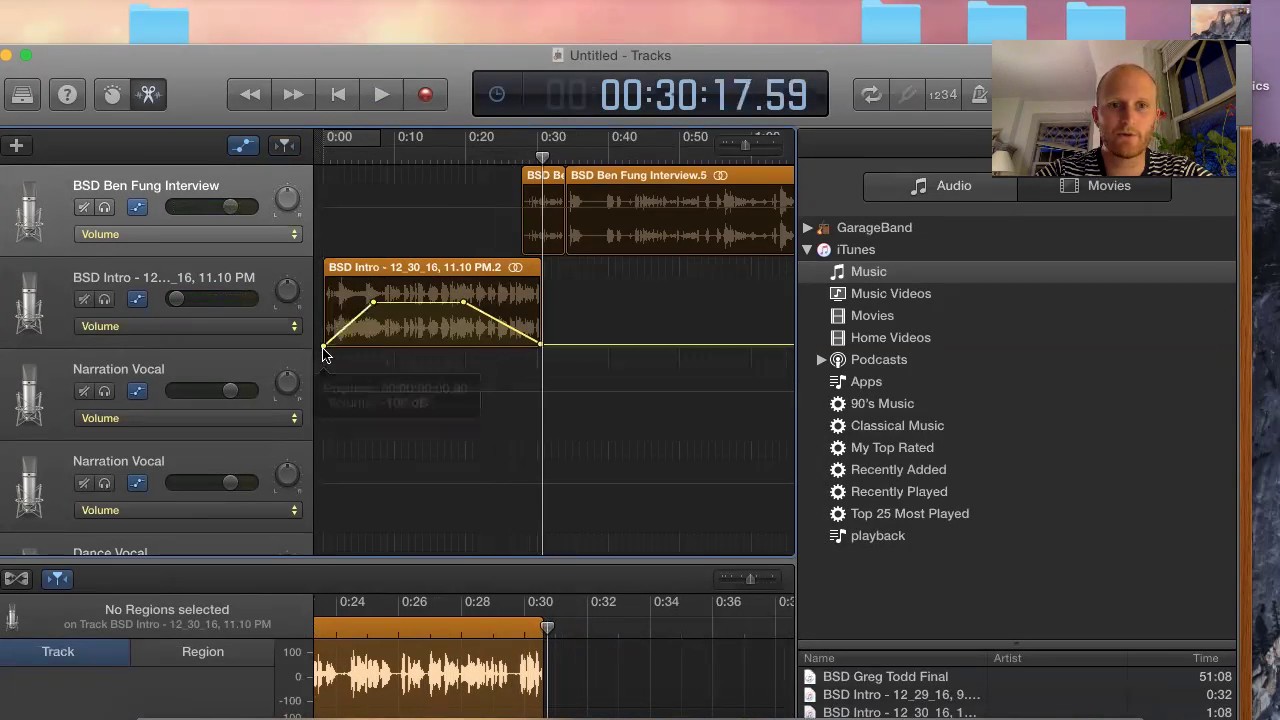


MIXXX 2.0 TUTORIAL FULL
The new Dry+Wet mode always keeps the dry signal at full volume and the mix knob controls how much of the wet signal is added. This is now called Dry/Wet mode and is the default. “Previously, the mix knob always crossfaded between the dry signal (input to the first effect) and wet signal (output of the last effect). This mode adds in the wet signal to the complete original dry audio: Instead of every effect in Mixxx being slowly adjusted between dry and wet, the beta adds a second state for effects units, Dry+Wet mode.
MIXXX 2.0 TUTORIAL SOFTWARE
Scaling is different from just magnifying a GUI – which is what a lot of non-Retina/high density display software does. Mixxx upgrading to the new version of the Qt toolkit and allowing the operating system to scale the software’s interface to the native resolution shows how much easier something can be in a small team or project.
MIXXX 2.0 TUTORIAL PRO
Tackling high density screens is something that not every DJ software has on the top of their priority list – for instance, even the upcoming Traktor Pro 3 release doesn’t have a Retina-ready display functionality. Now with Qt 5, everything scales automatically according to the operating system scaling settings.” The scaling we used with Qt 4 in Mixxx 2.1 scaled most parts of the GUI, but some small parts like the arrows on menus and widgets in the preferences did not scale. For users, the most noticable difference from this will be improved support for scaling the graphical user interface (GUI) for high pixel density (high DPI) screens. Qt is the toolkit that allows us to write one Mixxx application that runs on Linux, macOS, and Windows. Here’s the other core features that are in the Mixxx 2.2 beta: GUI Scaling For High Density Screens Check out the details on Mixxx’s site here. If you love the idea of the project, there are a bunch of ways to get involved as a developer, DJ (tester), translator, or even graphic artist. This type of very active community-driven development is welcome in an industry where the top players work in secret, aiming to one-up each other on what have become relatively small feature discrepancies between softwares. Yes, these faster releases are likely to be smaller in feature set – but to regularly bring a software product to a public release state is impressive. “Since we are now releasing Mixxx more often, the changes are not as big as between Mixxx 2.0 and Mixxx 2.1.” The changelog for 2.2 starts out with a bold declaration: Historically, Mixxx has been on a slower release cycle, but the last year of releases has really started to buck the trend. There’s a few new features, and a commitment to faster releases – read on for the details. This week, Mixxx (the free, community-built, open source DJ software) is rolling out a new version into beta. We pay a lot of attention to the big dogs of the DJ world on DJTT, but often, innovation comes from the underdogs.


 0 kommentar(er)
0 kommentar(er)
